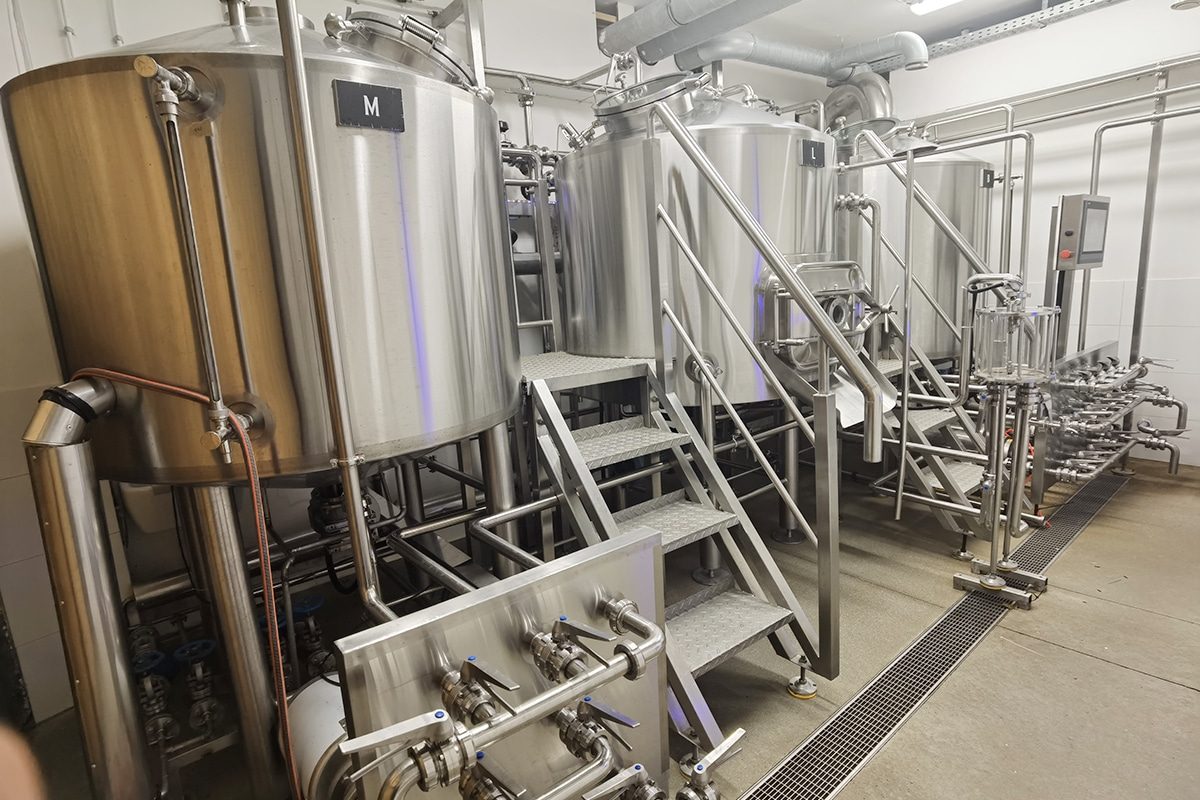
How Much Space Does A Nano Brewery Need?
In the world of craft beer, where passion meets precision, the rise of nano breweries is nothing short of a brewing revolution. Driven by creativity and a commitment to quality, these small businesses have carved out their niche in an industry dominated by giants. However, amid the rush for recipe experimentation and flavor innovation, every aspiring nanobrewery must address a fundamental question: How much space does a nanobrewery need?
The answer to this seemingly simple question is not simple. It encompasses countless considerations, from the size of the brewhouse to the layout of the bar, from the storage of raw materials to compliance with regulatory standards. Determining the best space for a nano brewery requires a delicate balance between art and science, creativity and calculation.
This article provides a guide for those who dare to venture into the field of nano brewing, illuminating the complex spatial considerations that determine the success of these small-scale brewing operations. From the selection of equipment to the design of the charming taproom, we will explore the various dimensions of the space, both physical and conceptual, that play a key role in the evolution of the nanobrewery. Join us to explore this key question: How much space does a nanobrewery need, and why is it important?
Complete Guide
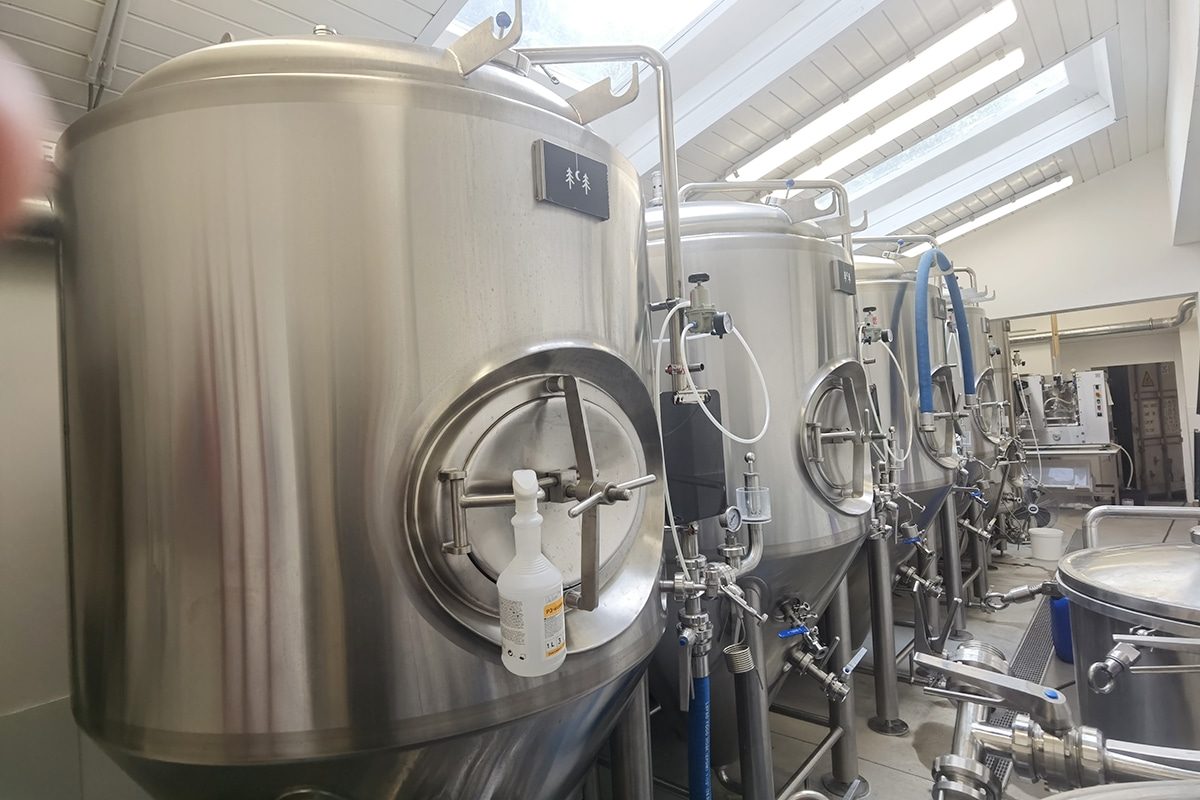
Learn About Nano Brewing
Before delving into the specifics of a nanobrewery’s space requirements, it’s necessary to understand the nature of nanobrewery itself. Nanobrewing represents a niche within the broader craft beer movement, characterized by a focus on small-scale production, innovation, and artisanal craftsmanship. Unlike large commercial breweries, nano breweries operate on a much smaller scale.
- Definition of a nano brewery: A nano brewery is often defined by its limited production capacity, it is characterized by its small size and typically produces beer in much smaller batches than micro and macro breweries. Generally speaking, there are no universally agreed-upon volume limits for nano brewing, but nano breweries are generally considered to be focused on limited quantities and high-quality handcrafted beers.
- Craftsmanship and creativity: Nanobreweries thrive on creativity and experimentation, often pushing the boundaries of traditional brewing styles and techniques. With smaller volumes, nano breweries have the flexibility to innovate and cater to niche markets, offering unique and delicious beers that might not be feasible with larger breweries.
- Equipment tailor-made for nanobrewing: Nanobreweries typically use smaller brewing systems, ranging from one to three barrels. This scaled-down approach not only aligns with the smaller production scale but also allows brewers to work with greater precision and attention to detail. From kettles to fermenters, every piece of equipment is carefully selected to meet the unique needs of the nanobrewing process.
- Community involvement: Nanobreweries often develop strong ties with local communities, becoming a gathering place for beer lovers to socialize, taste new beers, and participate in the brewing process. Taprooms and tasting rooms are an integral part of many nano breweries, providing space for patrons to experience the brewery’s products first-hand.
- Entrepreneurship: Many nano breweries are founded by passionate individuals or small teams who share a love of brewing and want to turn their hobby into a business. The entrepreneurial spirit of nanobrewers drives innovation and experimentation, contributing to the dynamic landscape of the craft beer industry.
- Flexibility and adaptability: Nanobrewing offers flexibility that may be difficult to achieve with larger breweries. Brewers can quickly adjust to changing market trends, experiment with new ingredients, and engage with their customer base on a more personal level. This adaptability is a key advantage of nanobreweries in a dynamic and competitive industry.
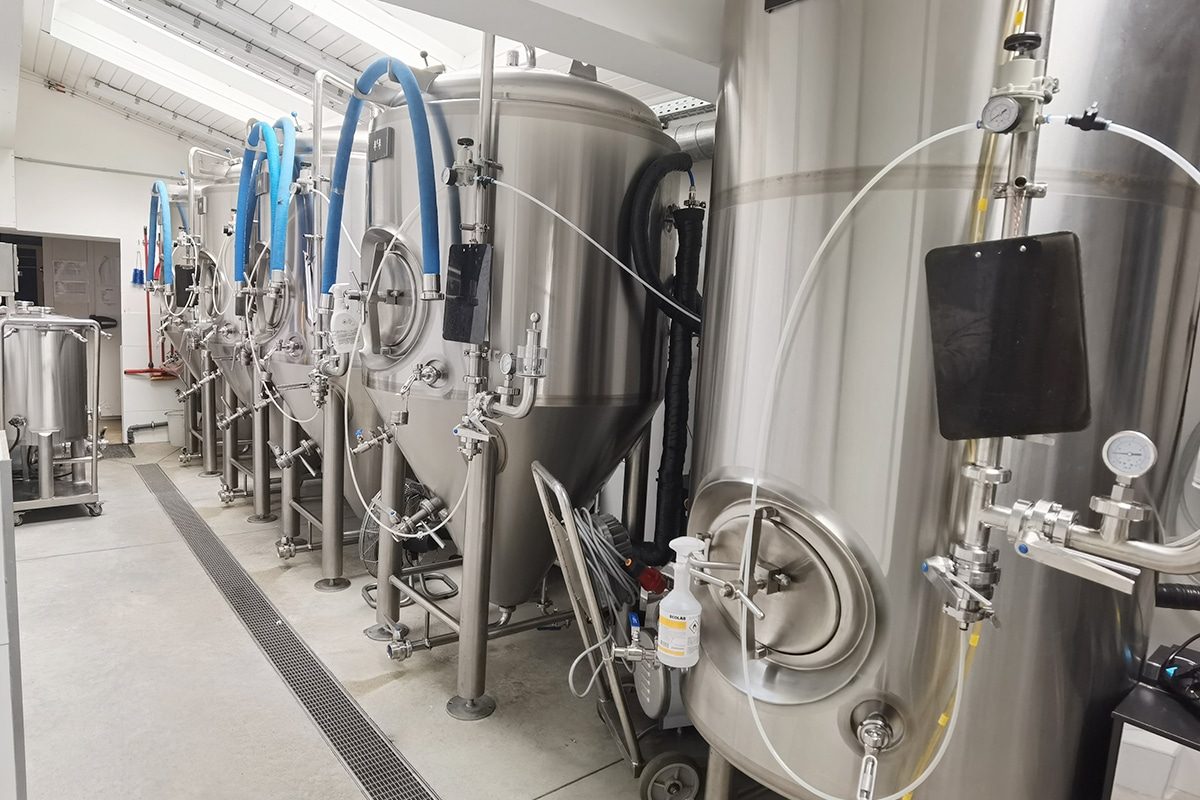
Factors Affecting Space Requirements
Building a successful nanobrewery requires a careful approach to space planning that considers factors that impact current operations and future growth potential. From the size of the brewing equipment to complex regulatory compliance, every aspect plays a crucial role in determining how much space a nano brewery requires.
Equipment Size And Layout
- Choose the right size brewing equipment: Nanobreweries typically use smaller brewing systems, ranging from one to three barrels. Choosing equipment that matches the size of your production can help optimize space utilization and ensure an efficient brewing process.
- Sizing fermentation tanks and additional equipment: Consider the placement of brewhouse equipment, fermenters, and other equipment to create a layout that will facilitate smooth workflow. Efficient use of space helps increase productivity and reduce operational bottlenecks.
- Packaging and storage area: Reserve space for packaging stations, whether kegging or bottling. Additionally, make sure there is adequate storage for raw materials such as grains and hops, as well as an organized area for finished products. To maintain product quality, especially perishable ingredients and finished beer, refrigeration facilities may be required.
Production Process And Efficiency
- Design efficient workflows: Consider the sequencing of your production processes and design the layout of your brewing equipment to minimize bottlenecks and optimize efficiency. A well-organized brewery layout facilitates smooth transitions between brewing stages and reduces the time and effort required to produce each batch of beer.
- Implement quality control measures: Allocate space for quality control activities such as sensory analysis and laboratory testing to ensure consistency and excellence of the final product. Integrating quality control into the production workflow promotes a culture of continuous improvement and customer satisfaction.
Designing The Bar Experience
- Create a welcoming taproom: If a nano brewery features a taproom for on-site sales and customer engagement, thoughtful design can help create a welcoming and enjoyable experience for customers. Considerations include seating arrangements, bar layout, aesthetic elements, and amenities such as live music or food service.
- Balance beauty and functionality: Strive for a balance between beauty and functionality in the design of your bar space. Incorporate branding elements, decorative accents, and comfortable seating while ensuring the layout is conducive to efficient service and customer flow.
Warehousing And Inventory Management
- Organize raw materials and finished products: Allocate space for storing raw materials, including grains, hops, yeast, and packaging materials, in an orderly and convenient manner. Implement an inventory management system to track inventory levels, monitor expiration dates, and prevent waste.
- Optimize inventory turns: Minimize inventory holding costs by optimizing inventory turns and implementing just-in-time inventory practices where feasible. Regular inventory reviews and forecasting techniques help maintain optimal inventory levels and prevent out-of-stock or over-stock situations.
Regulatory Compliance And Safety Standards
- Zoning laws and building codes: Know and follow local zoning laws and building codes. Compliance with safety standards is critical to the well-being of employees and customers. Check with local governments to make sure your space complies with all necessary regulations.
- Wastewater management: Deals with wastewater management in compliance with environmental regulations. Allocate space for a wastewater treatment system, if needed, to ensure your brewery operates responsibly and sustainably.
- Prioritize occupational health and safety: Implement safety protocols and procedures to minimize the risk of workplace accidents and ensure the health and well-being of brewery employees. Provide adequate training, personal protective equipment and emergency response plans to mitigate potential hazards.
Future Growth Plans
- Anticipated expansion opportunities: Plan for future growth by selecting a brewery location and layout that allows for scalability and expansion. When evaluating growth opportunities, consider factors such as utilities, transportation infrastructure, and proximity to potential markets.
- Flexibility in infrastructure design: Design your brewery space with flexibility in mind so that it can be easily reconfigured or expanded as production increases or new product lines are introduced. Modular equipment and versatile layout design allow for flexible responses to changing business needs.
The space requirements for a nano brewery are closely related to the efficiency of the production process, customer experience, regulatory compliance, and the vision for planning for future growth. Balancing these factors ensures that the space you allocate is not just a physical enclosure, but a dynamic environment where the art and science of nanobrewing can flourish.
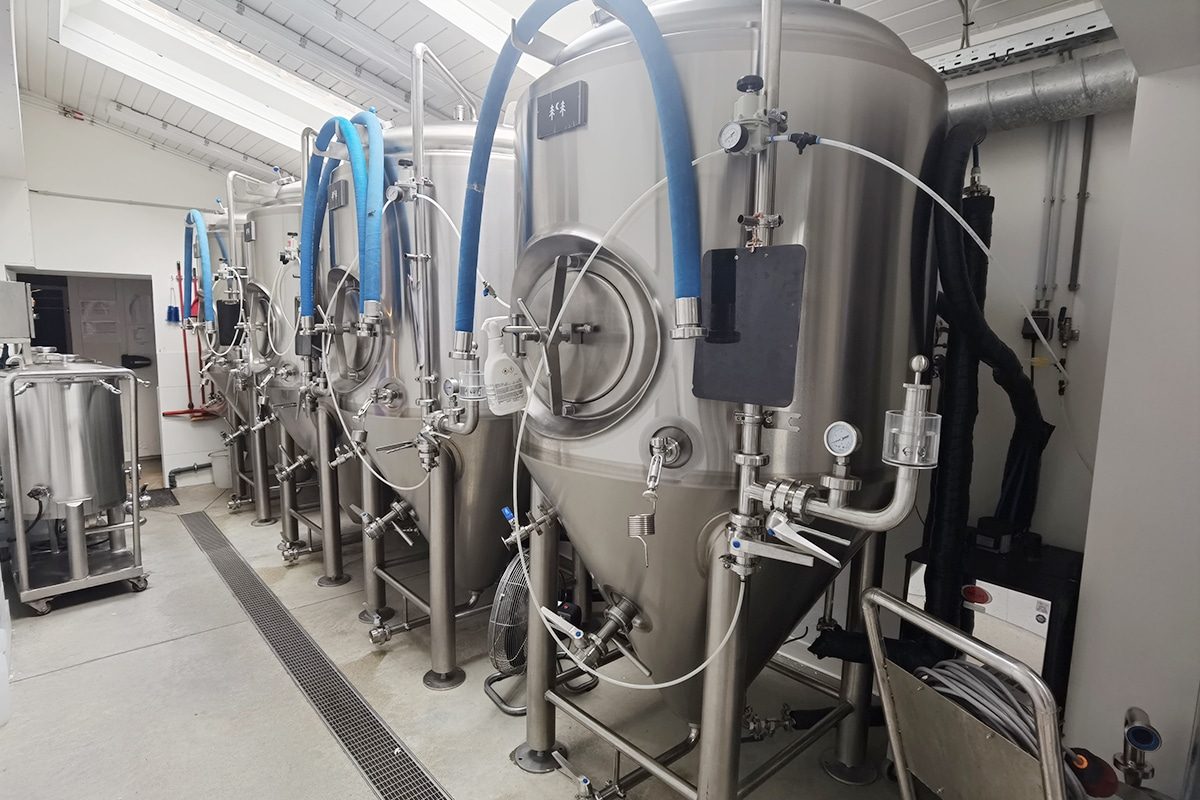
Summarize
Determining the space requirements for a nanobrewery is a multifaceted endeavor that is critical to its success. From equipment selection and layout optimization to regulatory compliance and planning for future growth, every aspect plays a vital role. Efficiency, innovation, and adaptability are key principles guiding nanobrewers as they navigate the spatial landscape. By strategically allocating space and following these principles, nano breweries can create an environment where the art and science of brewing can flourish. As the craft beer industry continues to evolve, thoughtful space planning remains critical to ensure nanobreweries not only survive but thrive in a competitive market. Cheers to the passionate entrepreneurs who dare to dream big within the intimate confines of a nanobrewery.
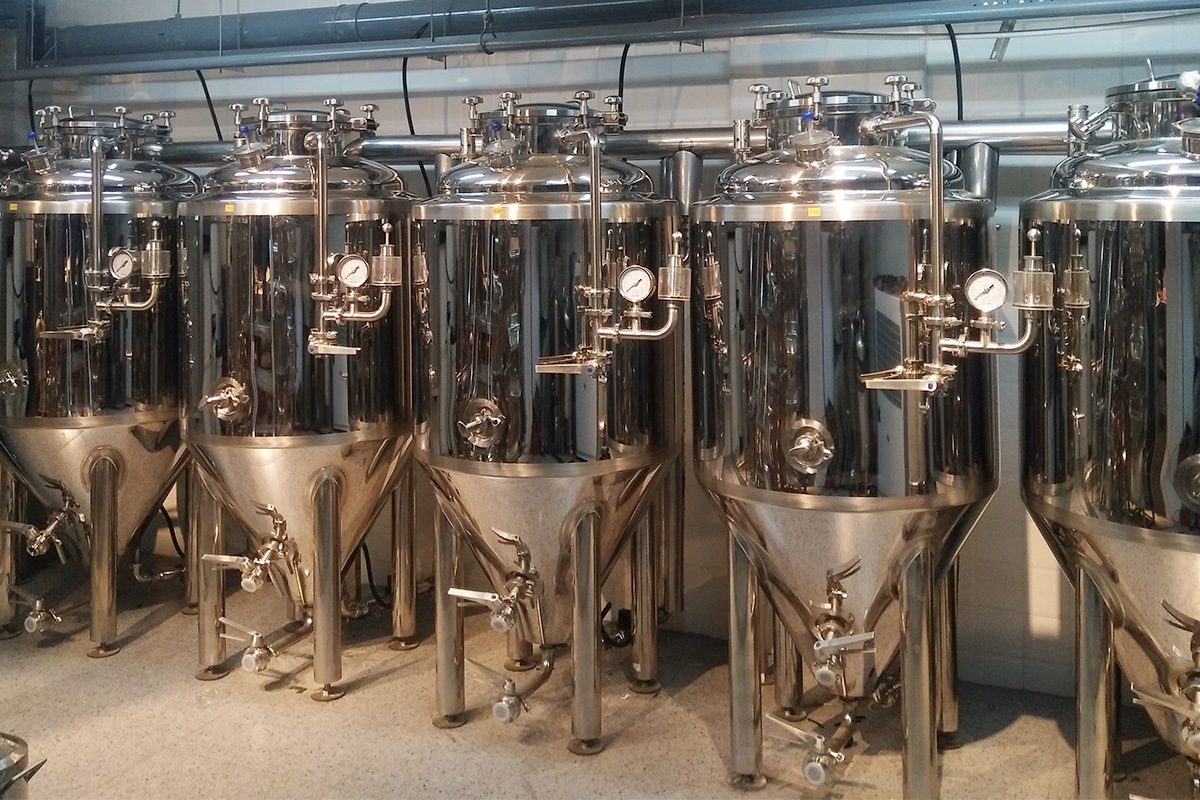
Get Your Nano Brewery Solution Today!
Ready to turn your brewing dreams into reality? Whether you’re a seasoned brewmaster or a passionate newcomer to the craft beer scene, our team is here to provide tailored nano brewery solutions that meet your unique needs. From equipment selection and layout design to regulatory compliance and future growth planning, we’ve got you covered every step of the way.
Contact us today to start the journey toward building your own nano brewery. Our experienced consultants will work closely with you to understand your vision, assess your space requirements, and provide relevant quotations to bring your project to life. With our expertise and dedication to excellence, we’ll help you craft a nano brewery that not only meets but exceeds your expectations. Email [email protected] or call +8618653452078 to obtain a quotation and take the first step towards bringing your nano brewery to life. Cheers to your brewing journey!



